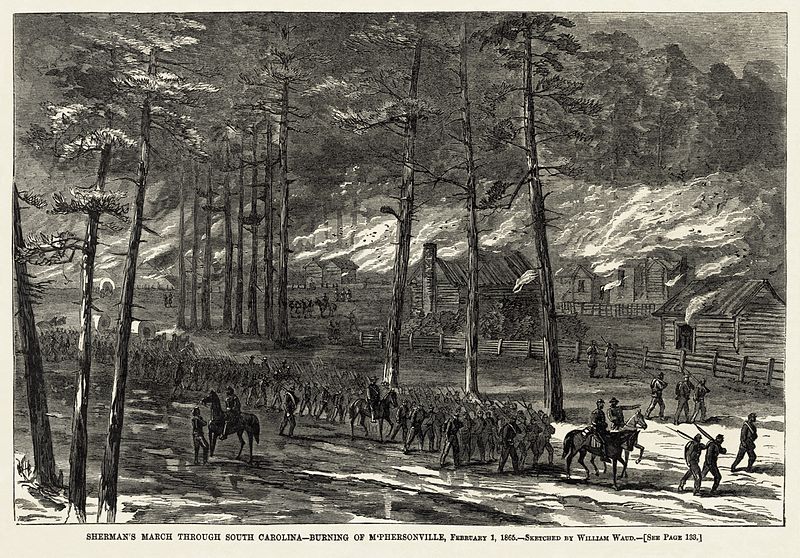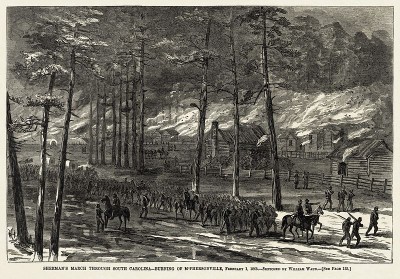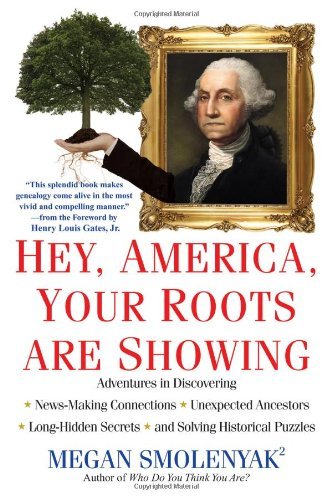The thirty-fifth ancestor in my 52-week challenge is my wife’s maternal 4th-great-grandfather, Lyman Eugene WHIPPLE.
According to the information we have, he was born in about 1816 in Smyrna, Chenango, New York to William Walton & Rosina Whipple. Sometime, probably in Ohio in the late 1830s, he married Cheney Mariah HEATH. My wife’s ancestor, Nancy Whipple, was born about 1849 in Ohio.
The 1850 US Census, when his family was living in what was then called Indian Lands, Marquette County, Wisconsin, his occupation was listed as a “Cooper.” According to Wikipedia, “examples of a cooper’s work include but are not limited to [the creation of] casks, barrels, buckets, tubs, butter churns, hogsheads, firkins, tierces, rundlets, puncheons, pipes, tuns, butts, pins and breakers.”
According to his bio, he entered military service August 13, 1862 in Berlin, Wisconsin into the Union Army Company C, 32nd Infantry Regiment during the Civil War.
His first wife, Mariah, passed away in 1864 in Wisconsin. He later married a woman named Catherine and moved to Minnesota. He passed away in Cass County, Minnesota in July 1894 and is buried there.
This post is 35 of 52 in the “52 Ancestors in 52 Weeks” Challenge” begun by Amy Johnson Crow.







